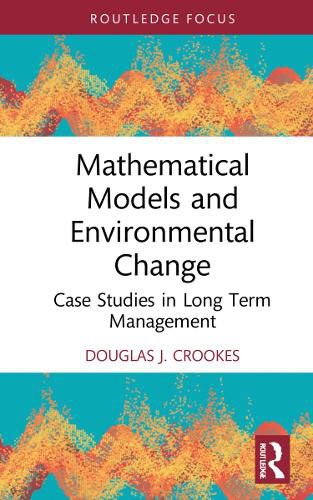Readings Newsletter
Become a Readings Member to make your shopping experience even easier.
Sign in or sign up for free!
You’re not far away from qualifying for FREE standard shipping within Australia
You’ve qualified for FREE standard shipping within Australia
The cart is loading…






This book demonstrates how mathematical models constructed in system dynamics modelling platforms, such as Vensim, can be used for long-term management of environmental change.
It is divided into two sections, with the first dedicated to theory, where the theory of co-evolutionary modelling and its use in the system dynamics model platform is developed. The book takes readers through the steps in the modelling process, different validation tools applicable to these types of models and different growth specification, as well as how to curve fit using numerical methods in Vensim. Section 2 comprises of a collection of applied case studies, including fisheries, game theory and wildlife management. The book concludes with lessons from the use of co-evolutionary models for long-term natural resource management.
The book will be of great interest to students and scholars of environmental economics, natural resource management, system dynamics, ecological modelling and bioeconomics.
$9.00 standard shipping within Australia
FREE standard shipping within Australia for orders over $100.00
Express & International shipping calculated at checkout
This book demonstrates how mathematical models constructed in system dynamics modelling platforms, such as Vensim, can be used for long-term management of environmental change.
It is divided into two sections, with the first dedicated to theory, where the theory of co-evolutionary modelling and its use in the system dynamics model platform is developed. The book takes readers through the steps in the modelling process, different validation tools applicable to these types of models and different growth specification, as well as how to curve fit using numerical methods in Vensim. Section 2 comprises of a collection of applied case studies, including fisheries, game theory and wildlife management. The book concludes with lessons from the use of co-evolutionary models for long-term natural resource management.
The book will be of great interest to students and scholars of environmental economics, natural resource management, system dynamics, ecological modelling and bioeconomics.